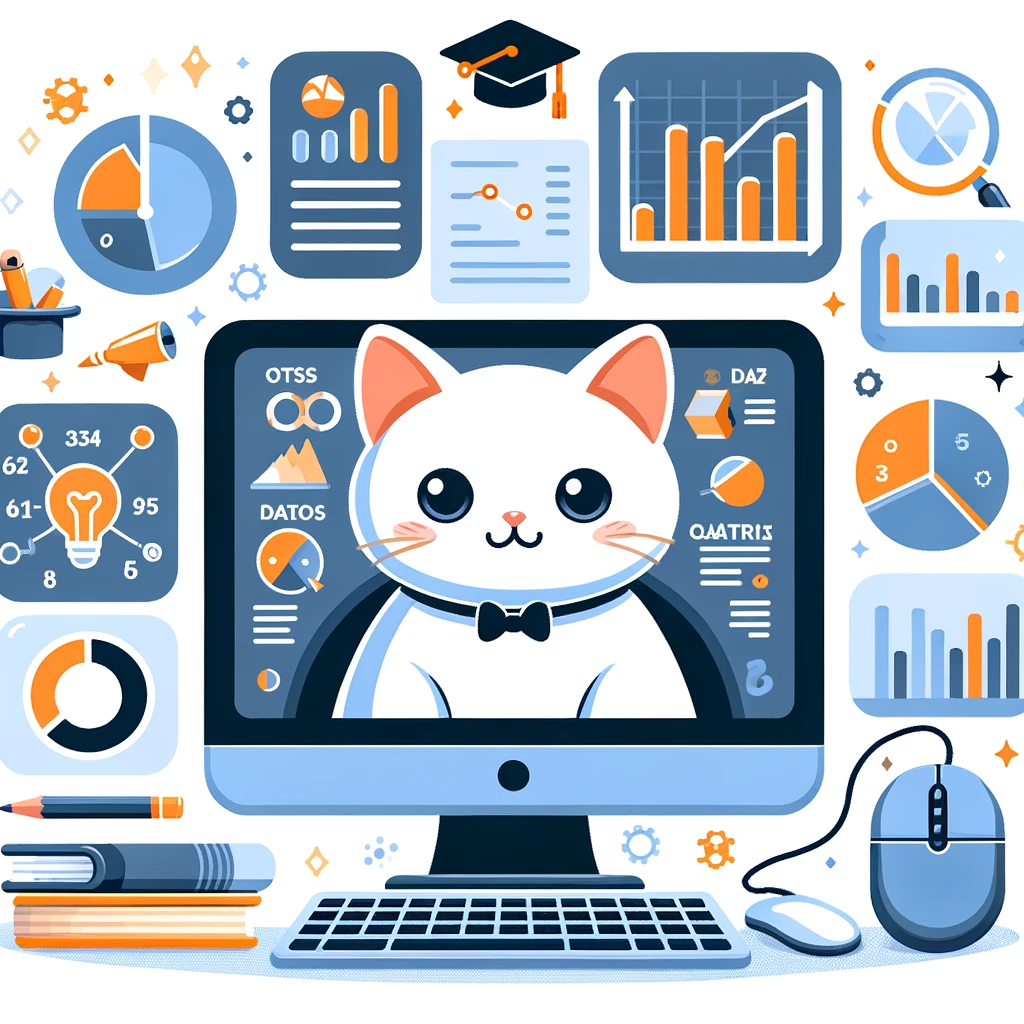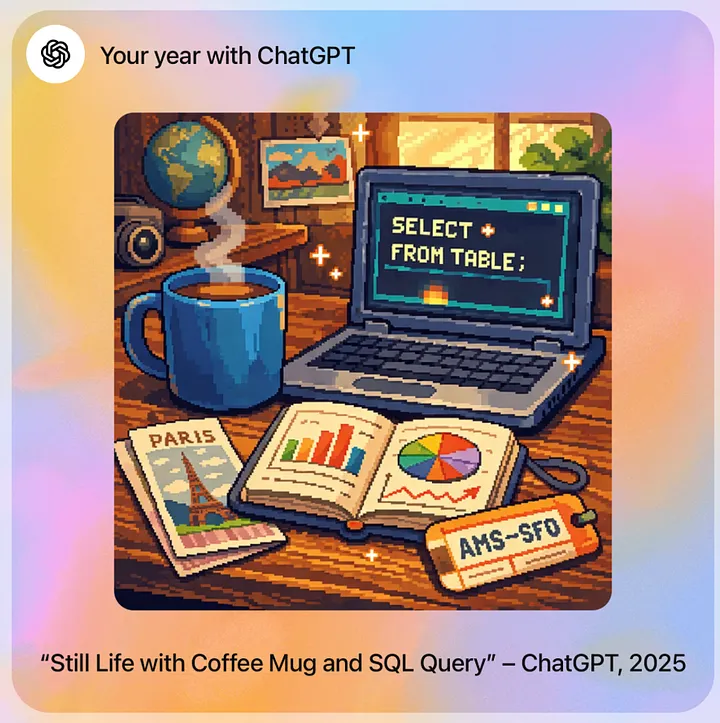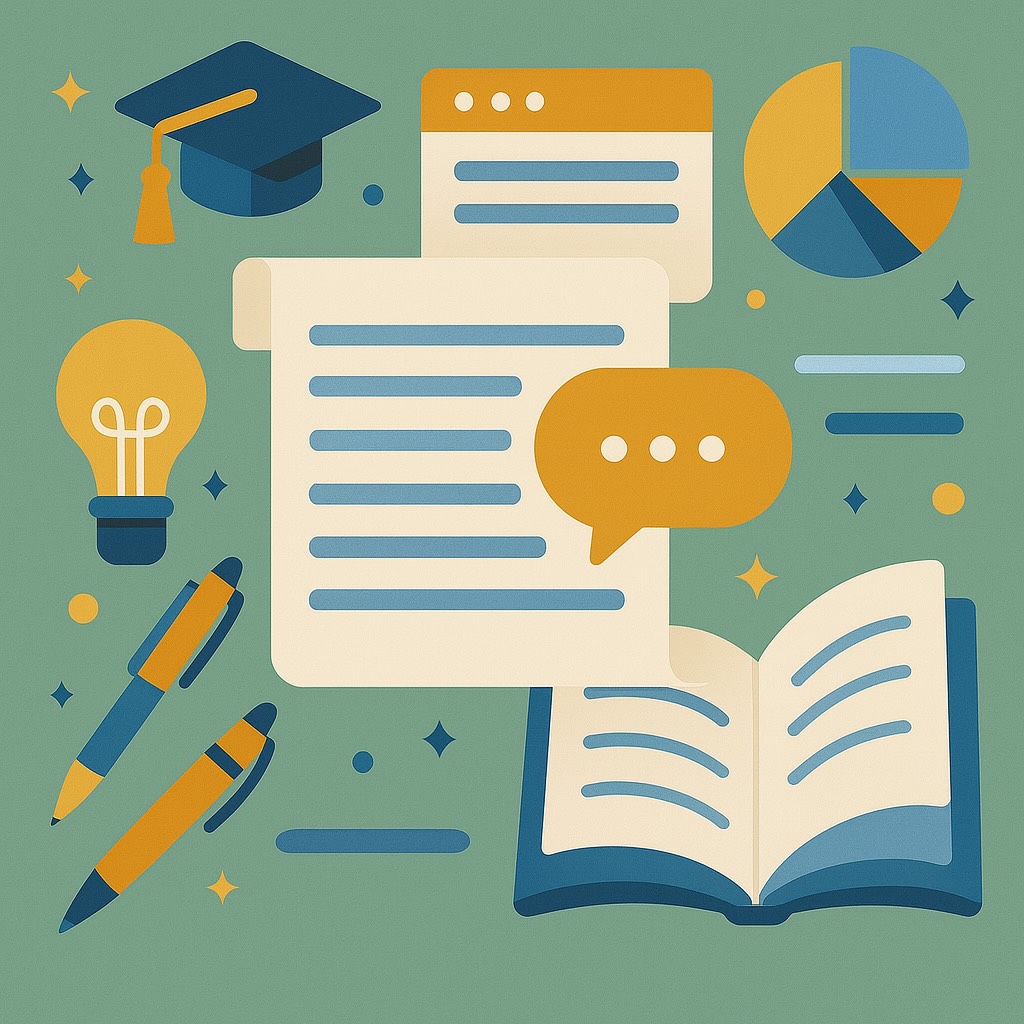Navigating Data Science: B2C vs. B2B Analytics
How Customer Types Shape Data Science Roles and Methodologies
Context
When considering a new company or a job offer, we often think about industry, company vision, growth opportunities, culture, etc. Today, I want to introduce another perspective: whether the business is B2B (Business-to-Business) or B2C (Business-to-Consumer). This distinction has a surprisingly large impact on data science roles.
Being a Data Scientist for over six years, I have spent half of my time working at a B2C company (Ancestry.com, a consumer genealogy company), and the second half at a B2B company (Brex, a spend management fintech company). Despite the distinct industries, I have noticed significant differences in data science methodologies and challenges brought by the different customer types. In this article, I will discuss the differences in data science analytics between B2B and B2C companies.
I. Data Volume and Analytics Unit
One of the most noticeable differences between B2C and B2B companies is the data volume and the unit of analysis.
B2C: High Data Volume, Individual User Focus
In a B2C company, especially those social media or e-commerce companies, the volume of data is immense. At Ancestry, each user interaction with the website generates data, from searches to family tree updates. The primary unit of analysis is each individual user. We could segment users by their demographics, user types, and product usage patterns to identify actionable insights.
Data Science Use Cases:
- A/B Testing: B2C companies often run numerous A/B tests to optimize user experiences. The large number of users ensures that sample sizes are easily met, making it possible to assign users to test and treatment groups randomly unless a network effect is present.
B2B: Lower Data Volume, Dual Granularity
Conversely, in a B2B environment, the customer base is usually smaller, but the complexity increases with two levels of granularity: the client company (customer) and the individual users within that company. This dual focus adds layers of complexity to data analysis. At Brex, while we care about retention at the customer level, we also look at user-level experiences to identify specific product pain points.
Data Science Use Cases:
- A/B Testing: Again, taking A/B testing as an example, B2B companies often run experiments at the customer level to provide a consistent experience for all users within the same client organization. This presents challenges with sample size, as the number of customers might be limited. Aggregating results from individual users to the customer level requires careful statistical adjustments to avoid misleading conclusions.
II. Differences at Each Step of AARRR
Next, to better outline the differences in data science areas, let’s follow the famous AARRR framework (aka Pirate metrics) as it applies to the customer lifecycle of most businesses:
- Acquisition: How do you acquire new customers? How do users find you?
- Activation: Do users have a great first experience? How do you guide users to understand your product’s value?
- Retention: How do you keep users engaged and coming back?
- Referral: Do users tell others? How do you turn satisfied customers into brand advocates?
- Revenue: How do you make money?
Most data science questions are centered around these five topics, which are the key to expanding and maintaining a healthy business. In the below section, I will discuss the data science and analytics differences in these five areas with use case examples.
1.Acquisition
Acquiring customers is the first step to growing the user base. Data science questions here focus on optimizing marketing and sales strategies to get more customers at lower costs. The customer acquisition strategies in B2C and B2B companies differ significantly, affecting the data science use cases. If you want to learn more, here is a great article on the key differences between B2B and B2C marketing.
B2C: Broad Marketing Strategies and Rapid Conversion
B2C user acquisition usually happens at the individual user level with low sales volume per user. Therefore, its marketing strategies aim for broad reach and rapid conversion, often across multiple channels (digital marketing, social media, SEO, etc.). I remember Ancestry ran advertisements on Facebook, YouTube, TV, and even radio.
Data Science Use Cases:
- Marketing Campaign A/B Testing: You might have noticed different versions of marketing emails, YouTube ads, or Google ads of the same product. This is an important part of B2C marketing analytics - they evaluate the effectiveness of different versions of ads to find the one with the highest ROI.
- Media Mix Modeling: Since we are talking about marketing across multiple channels, it is also common to analyze the impact of different channels on overall sales to optimize marketing spend and allocate budgets wisely. Media Mix Modeling (MMM) is a common technique here.
B2B: Targeted, Account-Based, and Long Sales Cycles
Customer acquisition at B2B companies is often sales-led. It is highly targeted and account-based, with long sales cycles that involve multiple stakeholders within each client organization. At Brex, we have dedicated data support for the sales team to improve customer acquisition.
Data Science Use Cases:
- Lead Scoring: The sales team at B2B companies might attend industry conferences, reach out on LinkedIn, or send introduction emails to potential customers. However, they don’t do it blindly. DS team helps predict which leads are most likely to convert based on historical data to optimize the sales resources.
- Sales Funnel Analytics: Sales at a B2B company is a multi-step long cycle (lead generation -> lead qualification -> initial contact -> solution presentation and negotiation -> closing the sales). Therefore, they care about the conversion at each step. The data team analyzes the sales funnel to identify bottlenecks and optimize the process.
2.Activation
Regardless of the business type, a successful activation ensures a positive initial experience. However, the nature of B2C and B2B businesses means different complexity levels of customer onboarding.
B2C: Easy Sign-Up and Intuitive Onboarding
B2C companies prioritize scalable solutions given the high number of users. Ensuring a seamless onboarding process is critical. We want users to navigate the platform easily with minimum help to complete their tasks. For example, Ancestry offers a free trial of the genealogy subscription product before charging users. We monitor and encourage key activities during the trial to ensure users find value in the product and improve the likelihood of conversion to paid users.
Data Science Use Cases:
- Onboarding Funnel Analysis: B2C companies usually try to provide an intuitive onboarding process. The data team should help evaluate the pain points of the onboarding flow to improve the conversion rates at each onboarding step.
- Evaluating Onboarding Success: Facebook has the famous finding that when someone added at least seven friends within their first 10 days, they were far more likely to stick around for the long term. You can find a similar ‘aha moment’ for your business to evaluate the success of user activation with key actions.
B2B: Guided Onboarding and Customized Implementation
Given the complexity of the B2B platform setup, they usually offer a guided, customized implementation process for each client. Implementation takes time and brings significant costs. If we could optimize it to speed up customer onboarding and improve customer satisfaction, it would significantly decrease the payback period. At Brex, a professional implementation team works directly with customers after the contract is signed. The data team collaborates with the implementation team to define implementation success metrics and analyze common bottlenecks.
Data Science Use Cases:
- Optimize Implementation Process: the data team could help track the Implementation SLAs (service-level agreement) and conduct analysis to find key factors influencing implementation efficiency and effectiveness.
3.Retention
Retention is critical for long-term business success. Both B2C and B2B companies want to keep their customers engaged. Data scientists at both businesses would build churn prediction models to predict the likelihood of customer churning. However, there are still differences in how they retain customers.
B2C: Scalable Retention Strategies
B2C companies aim to understand and improve user engagement at a large scale, usually with web analytics methods. At Ancestry, we constantly analyze how users interact with different elements of the product and how that impacts their retention rate. We also run A/B tests to optimize feature discovery and user engagement.
Data Science Use Cases:
- Personalized Recommendation Systems: Data scientists could analyze user behavior and preferences to build recommendation algorithms, offering personalized suggestions and tailored content to enhance user experience.
- CLV (Customer Lifetime Value) Analysis: Data scientists analyze purchase behavior and engagement metrics to predict customer lifetime value. Then the marketing team could follow up with retention strategies like product emails or promotions to retain high-value users.
B2B: Client Relationship Management
At B2B companies, 20% of the large clients often bring 80% of the revenue. Moreover, people who use the products are not always the decision-maker to buy your product. Therefore, B2B companies have functions like customer success managers to build long-term relationships with the decision makers at each client and rely on more formalized feedback mechanisms to gather insights and improve retention. At Brex, the customer success management team has access to various customer health metrics to identify churn risks and provide customized help.
Data Science Use Cases:
- Dedicated Customer Success Management Analysis: Data scientists can help evaluate the success of account managers and analyze customer feedback to identify common themes and inform product decisions. Customer Health Scoring: The data team can build a comprehensive health score for each client based on various metrics such as product usage, support interactions, and satisfaction surveys. This helps prioritize clients that need immediate attention and tailor interventions to their specific needs.
4.Referral
Turning satisfied customers into advocates is crucial for growth, but the approaches differ significantly between B2C and B2B.
B2C: Promotional Incentives and Social Proof
B2C companies often use promotional incentives to encourage referrals. This might include discount codes, rewards points, or other perks for both the referrer and the new customer. For example, Ancestry encourages users to invite or gift their family members to expand the user base and increase user stickiness.
Data Science Use Cases:
- Referral Program Analytics: The data team measures the effectiveness of referral programs by tracking metrics such as the number of new customers acquired through referrals, the conversion rate of referred customers, the viral coefficient, and the overall ROI of referral campaigns. This helps in refining the program for better results.
B2B: Reputation and Branding
For B2B companies, referrals often come from building a strong reputation and fostering long-term relationships with clients. Trust and reliability are key. At Brex, we collaborate with existing customers to share their success stories.
Data Science Use Cases:
- Net Promoter Score (NPS) Analysis: B2B companies regularly measure NPS to gauge customer satisfaction and likelihood to refer. Data scientists analyze NPS data and guide efforts to convert passives into promoters and address issues raised by detractors.
5.Revenue
Revenue generation strategies also differ between B2C and B2B companies, affecting the data science approaches.
B2C: Conversion Optimization
For B2C companies, revenue generation comes from one-time or recurring purchases from a large number of users. Therefore, it is important to reduce the friction in their revenue conversion funnel as much as possible. At Ancestry, we analyze the different entry points to the paywall and the checkout flow to improve conversion.
Data Science Use Cases:
- Conversion Rate Optimization: Analyzing the user journey to identify drop-off points and optimize the funnel to increase conversions. This includes A/B testing different website elements, user flows, and calls-to-action.
- Pricing Strategy Analysis: B2C companies often offer a variety of products and offer bundles. Data scientists can model the impact of various pricing tiers and discount offers on profitability and run experiments to find optimal pricing.
B2B: Customized Contracts
B2B companies often offer contracts with customized pricing and services to their clients to maintain the business relationship. Expansion (upsell or cross-sell) is also a key strategy for B2B companies to grow their revenue. For example, Brex offers products in Essential tier (free), Premium tier (low costs), and Enterprise tier (custom pricing). This variety of pricing tiers brings a revenue optimization challenge.
Data Science Use Cases:
- Contract Value Optimization: Evaluating the components of contract value, including service tiers and add-ons, to maximize revenue from each client. This involves analyzing client usage patterns and preferences to tailor contracts that meet their needs.
- Upsell and Cross-Sell Prediction: Data scientists can build upsell or cross-sell prediction models to identify opportunities to sell additional products or services to existing customers.
How This Impacts Your Career Choice
Now that we’ve discussed the differences between data science and analytics at B2B and B2C, let’s explore how this could impact your career choice.
Enjoy Experimentation and Scalable Solutions? Choose B2C
If you thrive on running large-scale experiments, analyzing massive datasets, and optimizing user experiences through scalable solutions, a B2C company might be the right fit for you. The product-driven environment and the need for continuous improvement can be exciting and rewarding.
Interested in Sales and Relationship Management? Opt for B2B
If you’re more interested in working closely with sales teams, developing sophisticated lead scoring models, and diving deep into client data to optimize long-term relationships, a B2B company will offer those opportunities. The focus on understanding complex client needs and providing tailored solutions can be highly satisfying.
Don’t Worry If You Are Not Sure Yet
If you’re unsure which environment you would enjoy more, don’t worry. You can always experiment and find your preference over time. The data science and analytics skills you learn in either setting, such as A/B testing, causal inference, funnel analysis, and predictive modeling, are highly transferable and valuable across different types of businesses.
Conclusion
In summary, while the fundamental principles of data science apply across both B2C and B2B companies, the specific challenges and methodologies can differ significantly. Understanding these differences is critical for data scientists to effectively drive business insights and contribute to the company’s success. I hope this comparison provides a clearer picture of the unique aspects of data science in B2C and B2B contexts.


